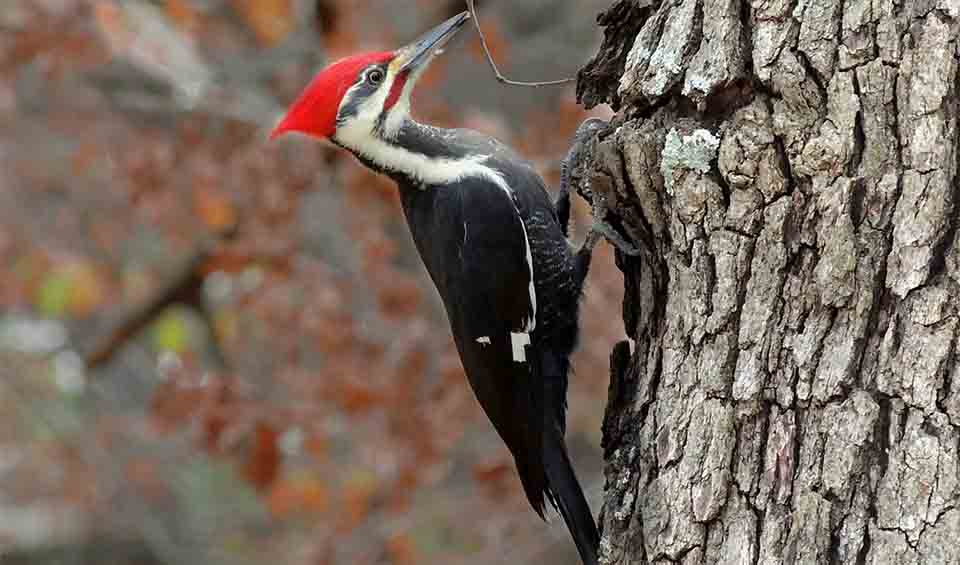Picidae – Woodpeckers & piculets
Legs made to cling to trees, beaks made to drill into the trunk
Encompassing over 200 species, it is one of the most recognizable bird families due to its distinct behavior, morphology, and ability to excavate wood. The early ancestors of modern woodpeckers were present during the Eocene epoch, as indicated by the fossil record, which, while sparse, points to their longevity and evolutionary success. This ancient lineage is evidenced in both the Northern and Southern Hemispheres, suggesting a widespread historical distribution.
The closest relatives of the Picidae within the order Piciformes are thought to be the barbets (Capitonidae), toucans (Ramphastidae), and honeyguides (Indicatoridae), with which they share various anatomical and ecological traits. Among the picids, wrynecks are the most basal or primitive group; they do not possess the same specialized adaptations for tree climbing and nesting excavation as their more advanced relatives.
Woodpeckers are found in a vast array of habitats, from dense forests to urban areas, anywhere there are trees or woody vegetation. An important yet understudied aspect of their habitat is the presence of water. Although not directly related to their feeding habits, water sources contribute to the health of woodlands and forests, influencing insect populations and the decay processes of trees, which in turn affect the availability of nesting sites and food resources for woodpeckers.
High relative humidity and frequent precipitation contribute to the richness and diversity of woodpecker species within an area. These conditions promote lush vegetation and a robust insect population, providing ample foraging opportunities. Standing or running water also supports a healthy ecosystem, which indirectly benefits the picids.
Woodpeckers play a critical ecological role as both predators and as engineers of their habitats. By controlling insect populations, they help prevent the spread of tree diseases. Their nesting and foraging activities create cavities that are later used by other wildlife, contributing to biodiversity. The drumming behavior of woodpeckers, used for communication and establishing territories, is another characteristic trait, with each species producing a unique rhythm.
Genera in this family
Big fans of acorns and beech nuts, and they’re super smart about storing food for later
Woodpeckers that are easily recognizable due to the red crest on their heads
Some of the most dramatic and charismatic woodpeckers in the world
It’s a marvel of biology that they don’t get headaches, thanks to special shock-absorbing structures in their skulls
Use their sharp beaks to carve out big holes in trees, not just to find bugs but also to make their homes
The giants of the woodpecker world







